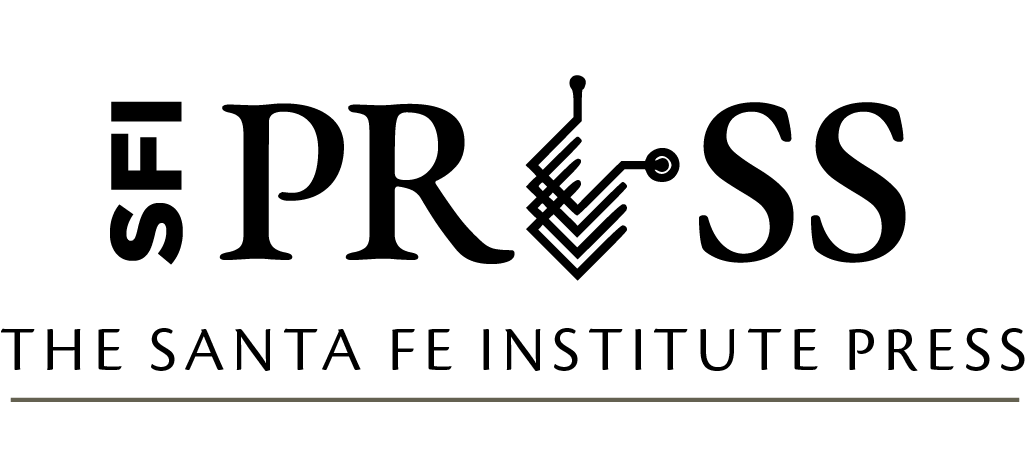Foundational Papers in Complexity Science pp. 2211–2249
DOI: 10.37911/9781947864559.70
And It Is All One to Me
Author: Jessica C. Flack, Santa Fe Institute
Excerpt
John Archibald Wheeler, in this little understood but widely read and referenced essay, coins the phrase “it from bit” and argues that information is the natural language of the universe. Bits are its building blocks, preceding objects and matter. Order, meaning, and causality itself result from the simple act of registering a choice—an idea Wheeler encapsulates with the term “observer-participancy” (OP). Making a binary choice—yes or no—reduces uncertainty from an information- theoretic standpoint as the number of options (Haji-Akbari et al. 2009; Walchover 2017) before the question is answered—and hence the entropy—goes from two (one bit) to zero upon answering. The decrease in uncertainty also allows the OP to allocate its investments more efficiently, giving it access to new options and increasing entropy again (Flack 2017).
In my read of Wheeler, out of this cycle of symmetry-breaking come the sensations of space and time and, ultimately, with the concordant global increase in entropy, an arrow of time. The sensation that time passes is amplified by the mesoscale emergence of hierarchically structured physical and living systems. Further partitioning cause from effect by creating a separation of a scales, this hierarchy allows for feedback, reifying the loop created by the simple act of asking and answering questions, and also creating temporal and spatial heterogeneity and clustering. Reality—the universe—is a loop, but with complex internal structure. Wheeler’s essay is mostly an argument for the former with allusions to the latter.
Bibliography
Flack, J. C. 2017. “Coarse-Graining as a Downward Causation Mechanism.” Philosophical Transactions of the Royal Society A 375 (2109): 20160338. https://doi.org/10.1098/rsta.2016.0338.
Gell-Mann, M. 1994. The Quark and the Jaguar: Adventures in the Simple and the Complex. New York, NY: W. H. Freeman.
Haji-Akbari, A., M. Engel, A. S. Keys, X. Zheng, R. G. Petschek, P. Palffy-Muhoray, and S. C. Glotzer. 2009. “Disordered, Quasicrystalline, and Crystalline Phases of Densely Packed Tetrahedra.” Nature 462:773–777. https://doi.org/10.1038/nature08641.
Hartle, J. B. 2005. “The Physics of Now.” American Journal of Physics 73 (2): 101–109. https://doi.org/10.1119/1.1783900.
Hartle, J. B., and T. Hertog. 2017. “The Observer Strikes Back.” In The Philosophy of Cosmology, edited by K. Chamcham, J. Silk, J. D. Barrow, and S. Saunders. Cambridge, UK: Cambridge University Press. Parmenides. 1991. Parmenides of Elea: A Text and Translation with an Introduction. Translated by D. Gallop. Toronto, Canada: University of Toronto Press.
Peirce, Charles S. 1865-1909. “The Logic Notebook. MS [R] 339.” http://www.commens.org/bibliography/manuscript/peirce-charles-s-1865-1909-logic-notebook-ms-r-339.
Rovelli, C. 2018. The Order of Time. Translated by E. Segre and S. Carnell. New York, NY: Riverhead Books.
Walchover, N. 2017. “‘Digital Alchemist’ Seeks Rules of Emergence.” Quanta Magazine, https://www.quantamagazine.org/digital-alchemist-sharon-glotzer-seeks-rules-of-emergence-20170308/.
